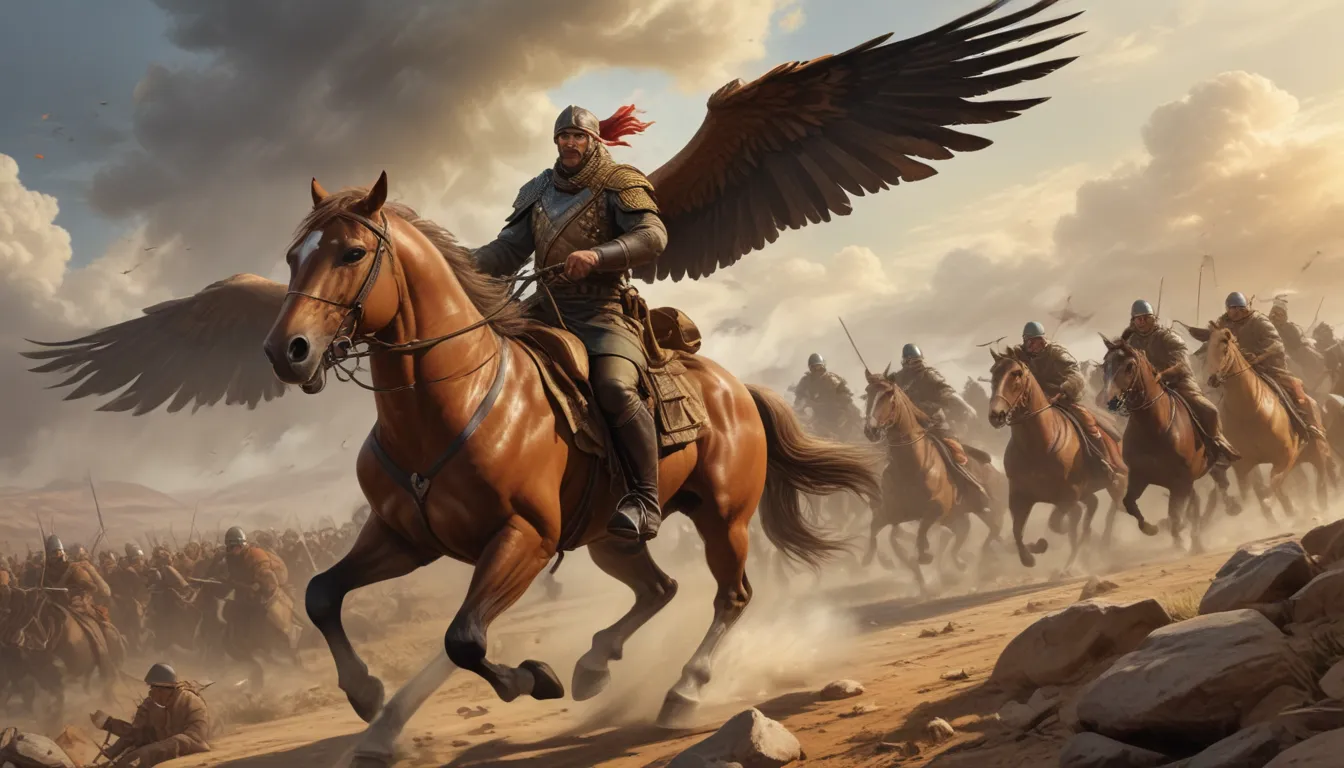The images in our articles may not match the content exactly. They are used to grab your attention, not to show the exact details in the text. The images complement the text but do not replace it.
The Battle of Shiloh, a pivotal moment in American history, reverberates with tales of courage, chaos, and the pursuit of victory. Delving into the depths of this historic clash uncovers a treasure trove of stories, strategies, and surprises that shaped the course of the Civil War. Step back in time as we unravel 27 captivating facts that shed light on the gritty details of one of the most significant battles of that era. Whether you’re a history enthusiast or simply curious, these insights are sure to captivate your interest and perhaps challenge your existing perceptions of the Civil War.
The Prelude to the Battle of Shiloh
To truly grasp the magnitude of the Battle of Shiloh, one must first understand its backstory, setting the stage for a momentous confrontation that would leave an indelible mark on American history. In the early months of 1862, Major General Ulysses S. Grant, leading the Union forces, embarked on a strategic maneuver to penetrate deep into Confederate territory by traversing the Tennessee River. This bold move was part of a broader initiative to divide the Confederacy and seize control of vital transportation and communication routes.
- The Battle of Shiloh, known as the Battle of Pittsburg Landing, unfolded on April 6 and 7, 1862, in southwestern Tennessee.
- The name “Shiloh” originates from a modest log chapel, Shiloh Church, situated near the battleground.
- This clash marked one of the early engagements of the Civil War, occurring merely a year after the conflict commenced.
The Forces in Play
Comprehending the scale and composition of the opposing forces entangled in the Battle of Shiloh unveils the intensity and intricacy of the unfolding conflict.
- Major General Ulysses S. Grant commanded a Union army of approximately 63,000 men.
- On the Confederate side, General Albert Sidney Johnston, alongside General P.G.T. Beauregard, marshaled around 44,000 troops.
- General Johnston’s expertise made him a renowned figure within the Confederate ranks, and his demise during the battle marked a substantial loss.
The First Day of Battle
The inaugural clash on April 6 set the tone for what would transpire as one of the bloodiest engagements in American history.
- Confederate forces initiated a surprise assault on Union troops at daybreak, with the objective of expelling them from the Tennessee River vicinity and reclaiming lost terrain.
- Despite being caught off guard, Union soldiers mounted a fierce resistance, culminating in a day of intense and chaotic combat.
- The fatal wounding of General Johnston in the early afternoon marked the loss of the Civil War’s highest-ranking officer in action.
The Turn of the Tide
The battle’s outcome hung precariously in the balance after the relentless fighting on the initial day. However, strategic maneuvers and reinforcements played pivotal roles in shaping the conflict’s resolution.
- General Grant received significant reinforcements overnight, fortifying his forces for the ensuing day of battle.
- On April 7, fueled by fresh troops and unwavering resolve, Union forces launched a counteroffensive.
- Unable to withstand the resurgent strength of the Union, Confederate troops commenced a retreat towards Corinth, Mississippi.
The Aftermath and Impact
The reverberations of the Battle of Shiloh reverberated far and wide, leaving an indelible mark on both the Union and the Confederacy, altering the course of the Civil War.
- The conflict resulted in a staggering tally of over 23,000 casualties, encompassing the slain, wounded, and missing.
- Shiloh shattered the illusion of a swift resolution to the Civil War, underscoring the brutal realities and the grievous toll of the conflict on both sides.
- It heralded a significant triumph for the Union, consolidating their dominion over southwestern Tennessee and paving a path into the heart of the Confederacy.
- The battle underscored the critical importance of logistics, preparedness, and tactical surprise in military engagements.
Personal Stories from Shiloh
Beyond the strategic ramifications and historical implications, the Battle of Shiloh is immortalized through intimate accounts of bravery, tragedy, and the human toll exacted by war.
- Among the Union ranks stood a young officer named William Tecumseh Sherman, destined to ascend as one of the Civil War’s most distinguished military leaders.
- Accounts attest to the battlefield being strewn with the fallen and wounded to such an extent that one could traverse it without touching the ground.
- Nurses, both formal and informal, played a pivotal role in tending to the myriad injured soldiers, spotlighting the indispensable contribution of women in the war effort.
The Legacy of Shiloh
The echo of the Battle of Shiloh resounds through military history and American culture, rendering it a subject of enduring study and discourse.
- The Shiloh National Military Park, established in 1894, stands as a testament to preserving the battlefield and honoring the valor exhibited therein.
- Annual reenactments and educational initiatives at the park serve to edify the populace about the battle and the broader expanse of the Civil War.
- Shiloh is frequently referenced as an early manifestation of total war, blurring the lines between combatants and non-combatants, foreshadowing conflicts of the ensuing century.
- The battle accentuates the paramount importance of astute leadership, effective communication, and tenacity in surmounting adversities.
- Its elevated casualty rate prompted intensified efforts to enhance medical care and logistical support for soldiers, spotlighting a concerted drive for amelioration.
- It fostered a heightened sense of solidarity and resolve among Union troops, who interpreted the victory as a testament to their endurance and spirit.
- For the Confederacy, Shiloh represented a squandered opportunity to impede Union advancements into the South, prompting introspection on strategy and command.
- Ultimately, the Battle of Shiloh serves as a poignant reminder of the exorbitant costs of war, the gallantry of those who partake, and the enduring quest for reconciliation in the aftermath of conflict.
A Final Look at Shiloh’s Legacy
Traversing the labyrinthine labyrinth of the Battle of Shiloh, we’ve unearthed a myriad of facts encapsulating this seminal era in American history. This engagement, characterized by its ferocious strife and tolling casualties, stands as a crossroads in the annals of the Civil War, spotlighting the harsh realities of the conflict and seeding the terrain for forthcoming confrontations. From the tactical machinations on both fronts to the tales of valor and sacrifice, Shiloh’s legacy serves as a poignant testament to the intricate tapestry and tragedy of war. As we reflect on these 27 enthralling facts, let us memorialize the lessons learned and the sacrifices rendered. The Battle of Shiloh transcends mere military stratagem, emerging as a poignant reminder of the human cost of warfare, resonating through the corridors of history as we continue our odyssey to unravel and comprehend our past.
Cognition Check: Did this Article Resonate with You?
Our dedication to furnishing veritable and enthralling content stands at the core of our endeavors. Each nugget of wisdom you encounter on our platform stems from contributors like yourself, furnishing a diverse array of insights and information. Through meticulous scrutiny by our assiduous editors, every nugget of wisdom exuded here isn’t solely enthralling but also credible. Place your trust in our zeal for quality and authenticity as you venture through the realms of learning and exploration with us.






